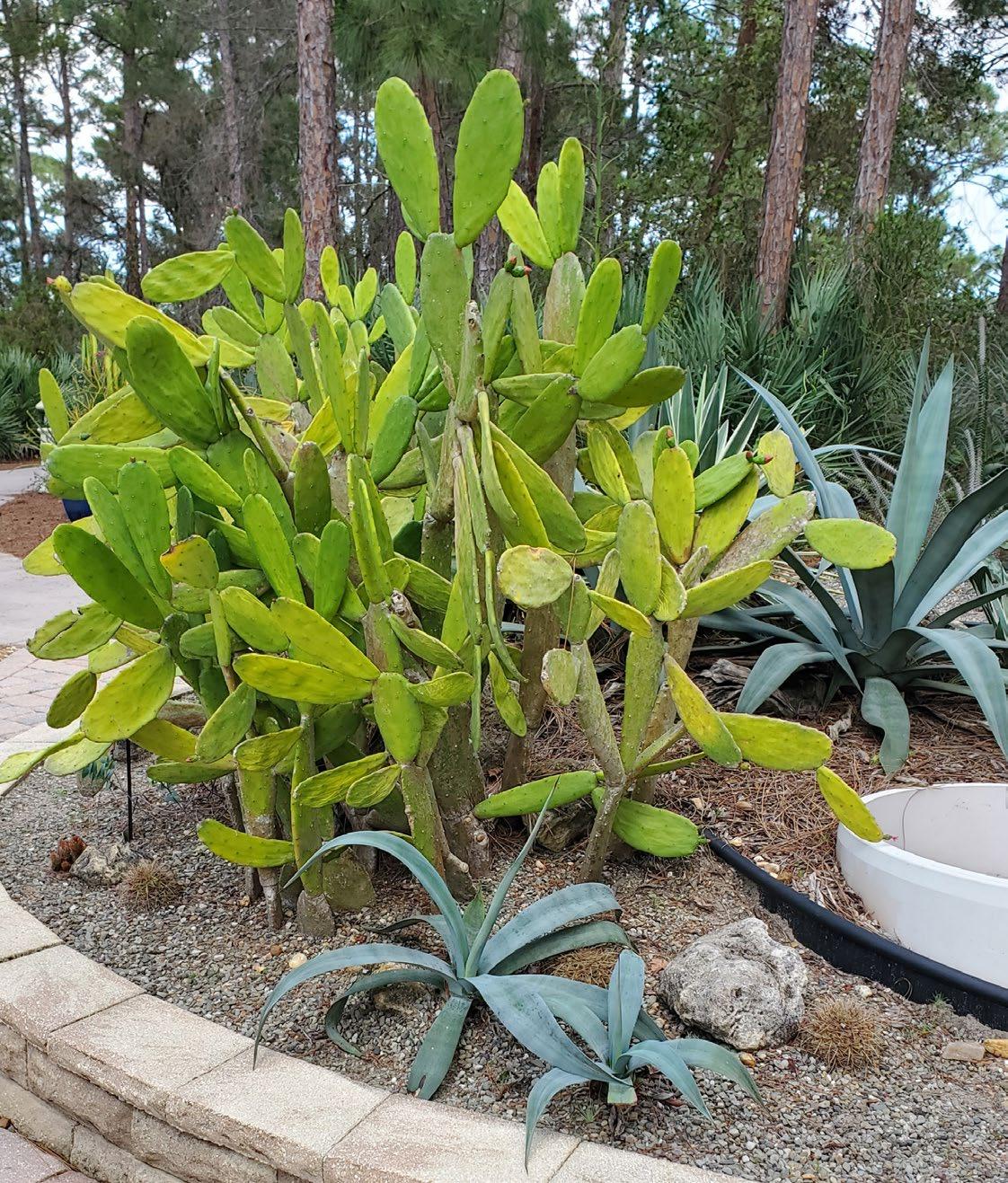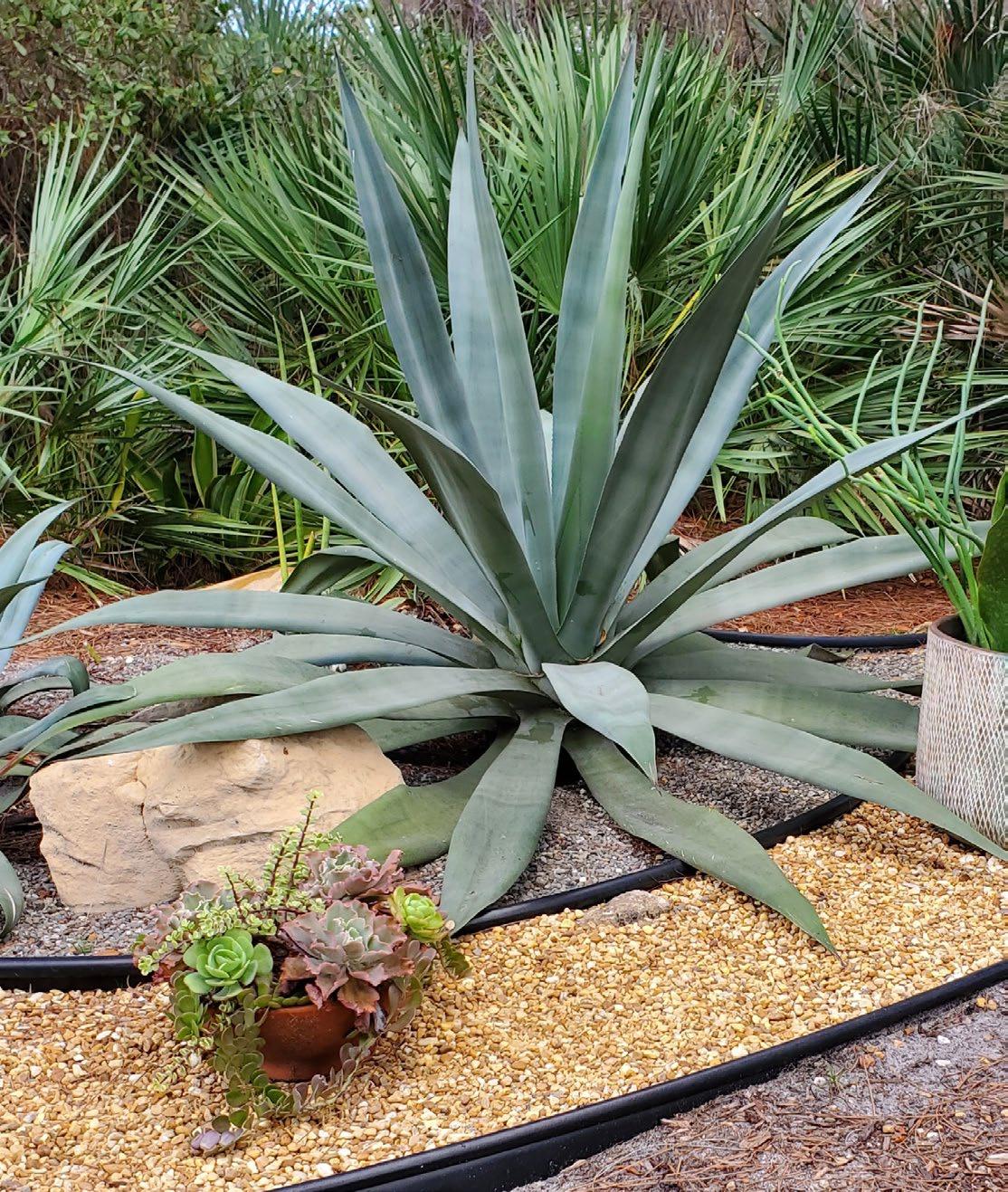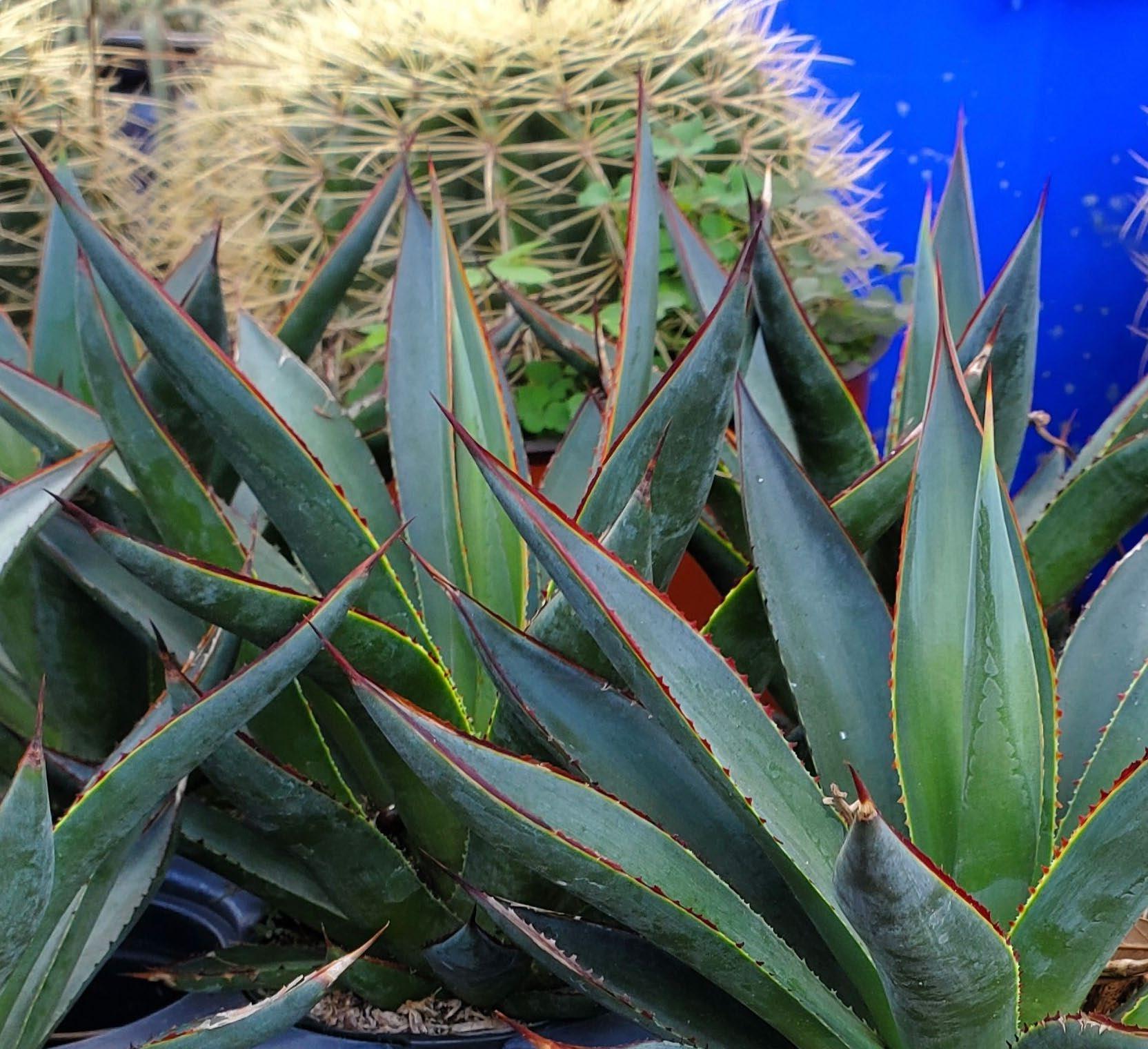
3 minute read
Cacti & Succulents at the Gardens

I recently met with Tony, the volunteer in charge of succulents at the Port Saint Lucie Botanical Garden. The first thing I learned is that Tony has an MS in horticulture. If you’re like me, and not exactly sure of the definition of Horticulturist, Oxford Dictionary defines it as “An expert in garden cultivation and management.” Tony is responsible for maintaining the Cactus and Succulent Garden by pruning the plants, looking for diseases and pests, and doctoring them if they need care. He explained that succulents have evolved to conserve water under harsh conditions in arid regions.
Succulents typically have:
• Fat leaves and stems
• Underground rhizomes
• Hair or wax on the leaves
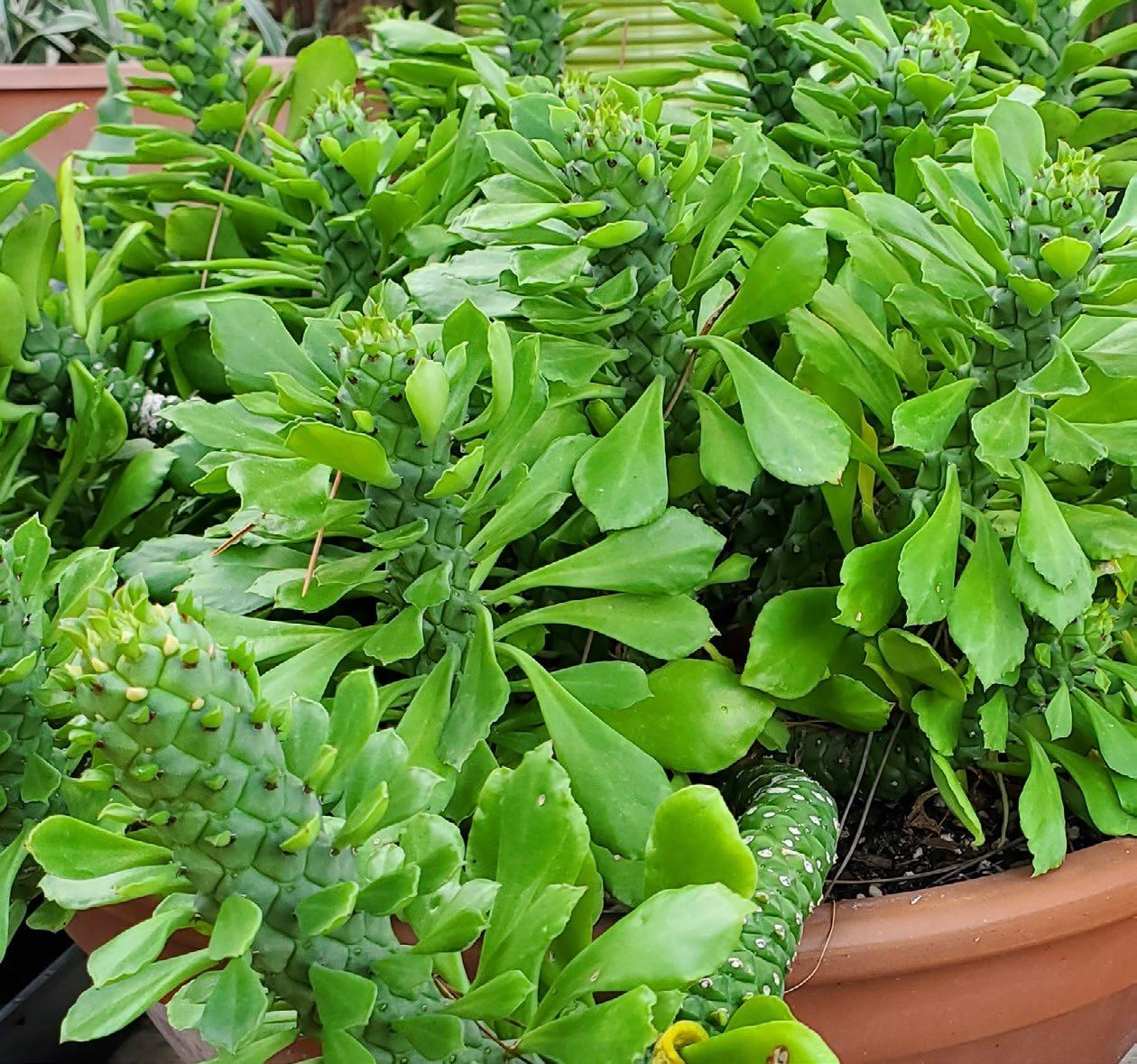
A common question is “What is the difference between a Succulent and a Cactus?” In a nutshell, all Cacti are Succulents that have small, round, cushion-like mounds which spines, hair, leaves, flowers, and more grow from. All cacti are a type of succulent. Tony further explained that this can be confusing because some plants with the word cactus in their name, are not true cacti. For instance, the Brain Cacti and the Pencil Cacti are actually from the family Euphorbia.
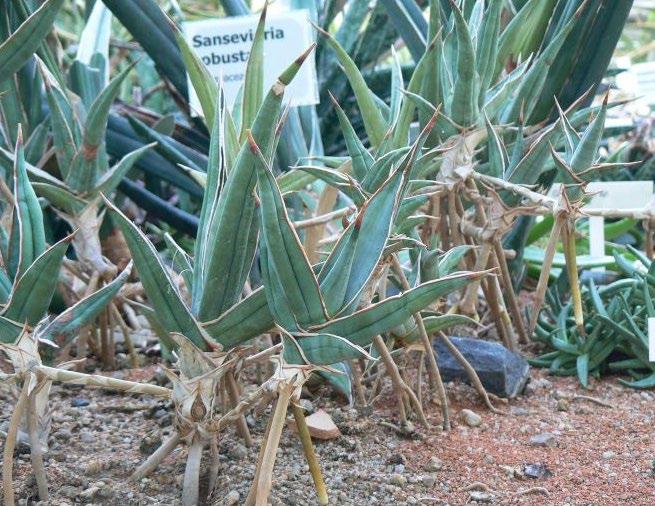
As you walk through The Gardens, you see a wide variety of Succulents, such as Donkey Ear, Medusa Head, Brain Cactus, Agave, Aloe, Barrel Cactus, and Spiral Cereus. One of the most interesting is the Walking Sansevieria. In its natural habitat, this plant can’t go underground, so it ‘walks’ by creating aerial shoots above ground, followed by stilt-like rooting which gives it the appearance of ‘walking’ away from the parent plant.
In addition to tending the Succulent and Cactus garden, Tony also propagates succulents for resale. He showed me how easy it is to propagate succulents, as you can usually just cut off part of the top, let it dry, and then plant it. He explained that they are easily cared for by watering thoroughly, then allowing them to dry out before watering again. He also said that they like to be pot-bound, so it’s best if they do not have too much room in the pot. Tony creates Succulent Dishes that are beautiful. I asked him how he knew what to put into a Succulent Dish. He explained that gardeners use the concept of including a thriller, spiller, and filler. This means it’s essential to have a beautiful plant that catches the eye (thriller), several that draw the eye down (spiller), and the rest to fill in the spaces (filler). Taller succulents are the thrillers. Fillers are shorter and often wider, and spillers trail over the edge, putting a finishing touch on the whole container. Using different shapes, textures, and colors forms a living work of art that is beautiful and a welcome addition to any home or office. Most of these Succulent Dishes are for sale.
If you’d like to try your hand at creating a succulent dish, you can purchase a wide variety of succulents and cacti at the Port St. Lucie Botanical Gardens’ garden center.
